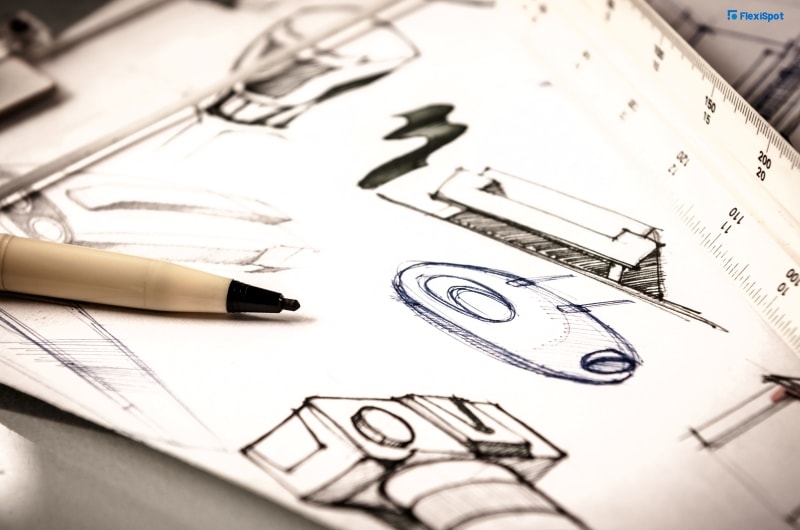Not everyone has a natural talent for sketching, drawing, or painting. But even though you weren't born with "it," it does not imply whatsoever that you can't learn how to be skilled in drawing, particularly to the visual artist with a myriad of creative ideas.
Even the most talented artists desire to keep getting better at painting. One must understand that sketching is a skill, independent of talent or desire and that being aware of the techniques can assist both novice and experienced artists in further developing their craft.
The following advice may help you become a better artist and better express yourself via drawing:
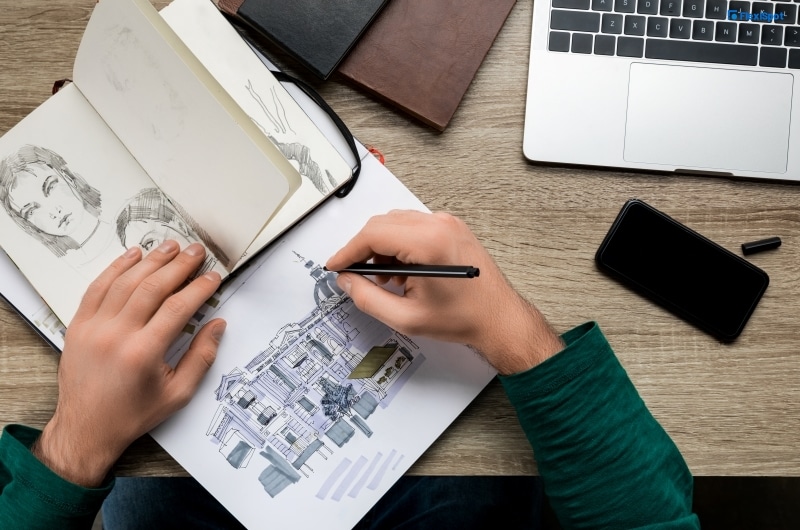
Draw every day.
Make drawing a habit, whether it's to reduce stress or inspire creativity. The more frequently you draw, the better you get at it, and the more easily your ideas will come to you. For people who are just beginning out in sketching, this is particularly true. If you're just starting out, ideas might not come to you as easily, but observing and sketching what you see is a fantastic place to start.

Warm up your hands before drawing to get ready for more intricate work in the future.
Over time, this will enhance coordination and quickness. What the artist does to prepare their hands and arms to draw actually depends on them. If you adhere to number one, you'll have a better understanding of your tools and with time, you'll learn where the body parts necessary for drawing are most at ease in.
You can try a variety of workouts to finally improve your drawing abilities. Drawing free-form textures are one of these. Get some paper, a fine-point drawing pen, and a large surface area advises Skillshare. In the least amount of time possible, cover the page with clusters of various textures and configurations. Don't bother about the appearance; in this exercise, what counts is how many you can draw.
Another activity recommended by Skillshare is to set a timer for five minutes and doodle only brief lines and shapes in the upper left corner of your paper. The emphasis should be on your speed, which needs to be swift when producing different textures. After the five minutes are over, look for patterns in your doodle.
Continuous line drawing is an additional workout. An artist can benefit by separating drawing from perfection. Since perfection is unachievable, the aim must be a creative expression. Simply take up a medium-point felt-tipped pen, decide on a theme, and begin drawing on a blank piece of paper without stopping until you are finished.
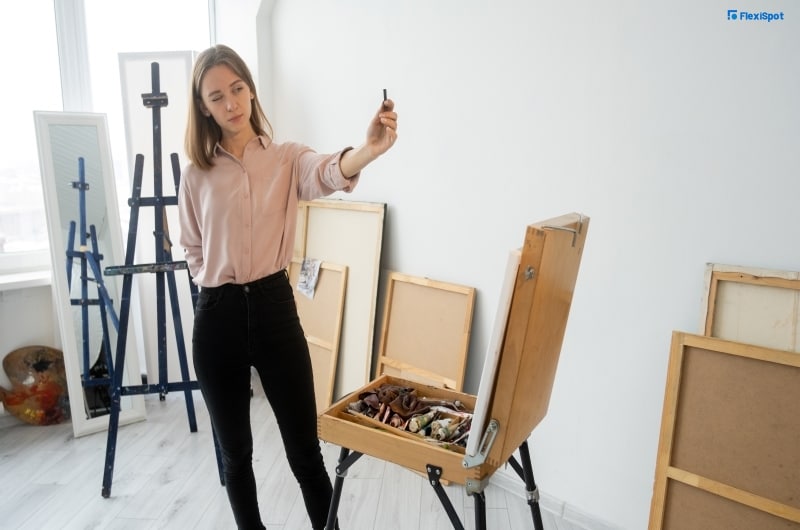
Draw from a viewpoint like an architect would.
If you don't know what perspective means when it comes to drawing, it's simply the angle at which you observe and perceive your subject. This will change based on a variety of elements, like the size of the subject, your distance from the topic, your posture (standing or sitting), etc.
Perspective is one of the most difficult drawing techniques to learn, so don't worry if you don't get it right away. However, you can train your mind and exercise your hands to draw what you see with just persistent, regular practice.
You may try the activity called the gridded room, where you must depend on and utilize reference points to mold your perspective notion. For this one, a table that can be tilted at any time would be helpful, as will a ruler.
Consider proportion or ratio.
To improve and add realism to your drawings, use both perspective and proportion. The relationship between width, height, and depth, as well as your perspective, determine the scale of your drawing subject if the perspective is the viewing angle.
Try practicing drawing with grids to develop your proportional skills. After selecting your topic, print it down on a blank sheet of paper. Over the image, draw horizontal and vertical lines (note: distance is usually one inch wide apart). Put numbers on the horizontal lines and letters on the vertical ones. Place it next to a blank paper so you can copy the grid. Examine the coordinates (the letter and number) and replicate them onto your sketching paper.
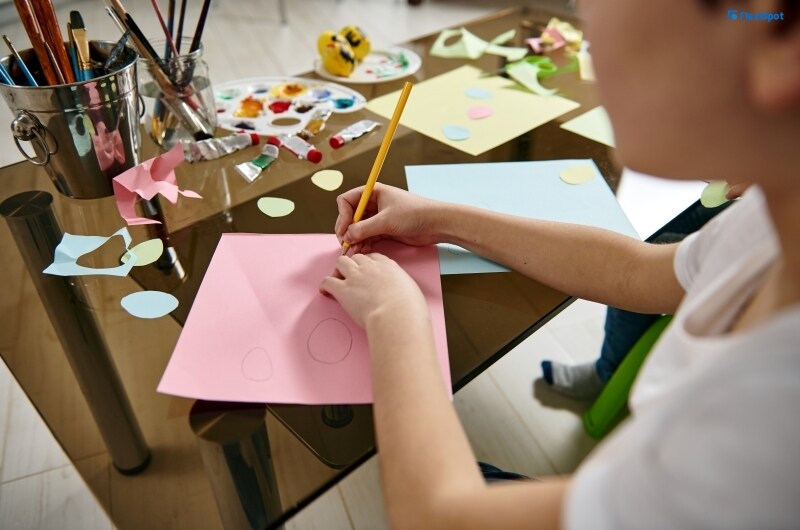
Learn to draw shapes.
When you have perfected sketching shapes, you will be able to make complex patterns and cover pages with lovely abstract art. You may glance at an image or your subject and be able to recognize the fundamental shapes of their foundations with a discerning eye that develops through practice.
Cutting out pictures from magazines and tracing every shape you can find in them using a black marker is a fun activity. The more you do this, the more your eyes will be trained to recognize shapes in the outside world, which will help you become a better artist.
To make drawing a more fun and comfortable experience, why not use a reliable standing desk for your every session? You need something stable to carry all your drawing essentials, especially if you are thinking about painting. If you pour hours and hours into your masterpiece, that means you might be tempted to sit for a long period of time which is not good for your health. Having a standing desk will make it convenient to stand up from time to time.
Recommended product from FlexiSpot:
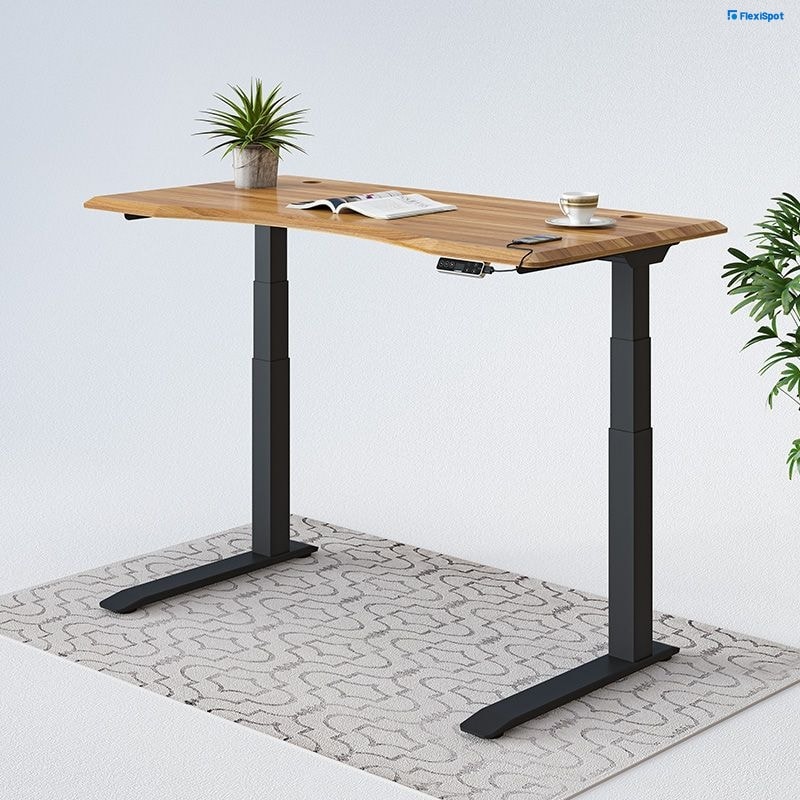
Pro Plus Standing Desk (E7)
As said, you'd want a desk with unbeatable stability and a trustworthy weight capacity, which E7 can deliver! The desk's BIFMA certification adds to the stability of the product. Its leg columns are thicker than typical, and a scientific design limits the column gap to 0.05 mm, assuring a smooth lifting process. It is capable of supporting a weight of 355 pounds and can easily support the weight of two individuals.
The foundation is constructed from solid carbon steel that meets automotive material standards. You can be sure that this will always be stable even if your goods aren't arranged equally across the desk.
Additionally, you can be sure of its longevity because the E7 passed 20k motion tests at the FlexiSpot lab, proving that it is built to last. Even a 15-year warranty would be yours once you made the purchase!
You'd adore its svelte appearance thanks to the laser-welding method utilized to construct its frame. It has a visually appealing leg construction with no holes. Its anti-wear coating and temperature resistance ensure that the color will remain consistent for many years to come.
Its adjustable height range is from 22.8" to 48.4", making it comfortable for those who are 4'2" to 6'4" tall.
It has a built-in cable tray that is conveniently concealed beneath the desktop, which organizes and beautifies your workstation. Lastly, the E7 comes with a premium keypad featuring USB charging ports, four programmable height presets, and a child-lock button.
